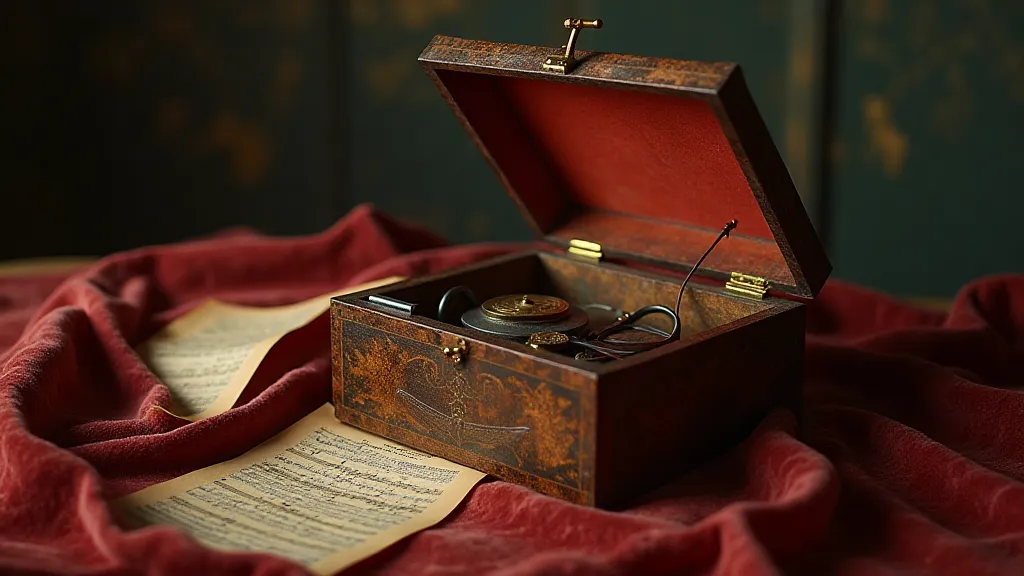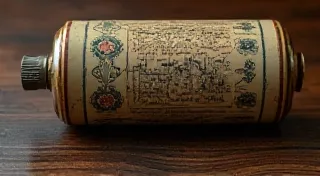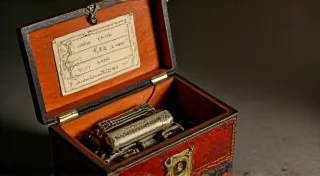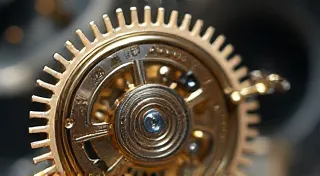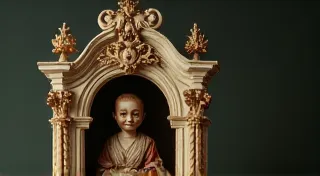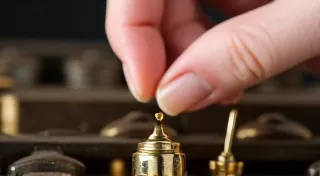The Automaton's Soul: Reflections on Craftsmanship and the Pursuit of Mechanical Poesy
The hushed click of a winding key. The delicate whir of gears aligning. The hesitant, then blossoming, melody that spills forth – these are the hallmarks of a vintage musical box. More than just mechanical curiosities, these antique treasures represent a fascinating intersection of artistry, engineering, and the burgeoning fascination with automation that defined the Victorian era. They’re tangible echoes of a time when craftsmanship wasn’t simply a profession, but a devotion, a way to imbue inanimate objects with a semblance of life and feeling. And in our modern age, the pursuit of their restoration feels less like repair and more like a homecoming, a rediscovery of a lost harmony.
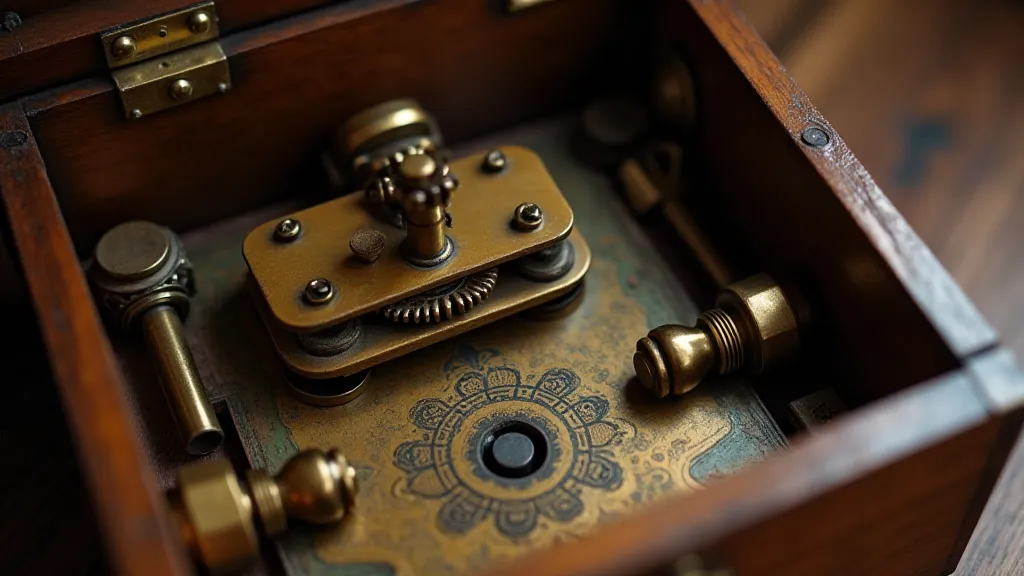
The late 19th century witnessed an extraordinary confluence of factors that gave rise to the golden age of musical boxes. Technological advancements in clockmaking and watchmaking provided the foundational expertise for creating intricate, precise mechanisms. The Industrial Revolution, while often associated with mass production, also spurred a desire for unique, handcrafted items – objects that celebrated artistry and skill. Switzerland, particularly the Jura region, became the epicenter of musical box manufacturing, with companies like Pailliart, Junod, and Bischoff flourishing. The sheer complexity of these machines necessitated a profound understanding of mechanics; even simple repairs often require specialized knowledge, and those keen to delve deeper into the workings of these wonders might find cleaning and preserving your vintage music box a delicate and rewarding process.
These weren’t simply toys. They were status symbols, gifts of profound sentiment, and treasured possessions within families. The melodies they played – often excerpts from popular opera arias or salon music – transported listeners to places of romance and sophistication. Imagine the scene: a young woman receiving a beautifully inlaid musical box, its tune a whispered promise of a future filled with music and joy. The music wasn’t just heard; it was felt, a tangible representation of affection and dreams.
What is it about these antique creations that stirs such a deep emotional response? Is it the nostalgia for a bygone era, the longing for simpler times? Or is it something more profound? The Victorians, in their relentless pursuit of scientific progress, simultaneously developed a fascination with the uncanny – the blurring of lines between the human and the artificial. They were captivated by the notion of creating something that *appeared* to possess feeling, even though it was ultimately a product of meticulous engineering.
My own journey with musical boxes began with a chance encounter at an antique shop. I was drawn to a small, unassuming box, its paint chipped and its melody barely audible. It wasn’s the monetary value that attracted me, but the story I sensed within it. I purchased it, intending only to clean it, but soon found myself entangled in a far more complex restoration project. As I carefully disassembled the mechanism, cleaning each tiny gear and comb, I began to appreciate the incredible skill and dedication of the original craftsman. It was a profound connection to a past I had never lived. Identifying the specific tunes produced by these boxes can be a challenge in itself; many have unique compositions or variations. For those interested in identifying music box tunes and understanding the nuances of these melodies, a deeper exploration is often required.
The true beauty of a vintage musical box lies not only in its appearance but also in the sheer ingenuity of its construction. The music is produced by a cylinder or disc, studded with tiny pins that, as the cylinder rotates, pluck the teeth of a metal comb. The precision required to create these components is astonishing. Each pin must be perfectly positioned to produce the desired note. The combs themselves, often made of steel, require a delicate shaping and tuning process to ensure a clear, resonant tone. The variations in musical box production also extended to the regions of origin; the distinctive style and sound of American musical boxes represent a fascinating divergence from European traditions.
The artistry extends beyond the mechanism. Many musical boxes were elaborately decorated with intricate engravings, inlaid wood, or painted scenes. These embellishments were not mere afterthoughts; they were integral to the overall design, transforming the box into a miniature work of art. The level of detail often defies comprehension – tiny figures painstakingly carved, landscapes rendered with remarkable accuracy. It’s a testament to the dedication and pride that Victorian craftsmen poured into their work. The intricate mechanisms within, and the skill required to repair them, are testaments to a bygone era of master craftsmanship. Sometimes, a simple cleaning and lubrication can revive a box that has been silent for decades. If a damaged comb is preventing your musical box from playing correctly, learning about replacing a broken comb is a crucial step in restoring its melodic charm.
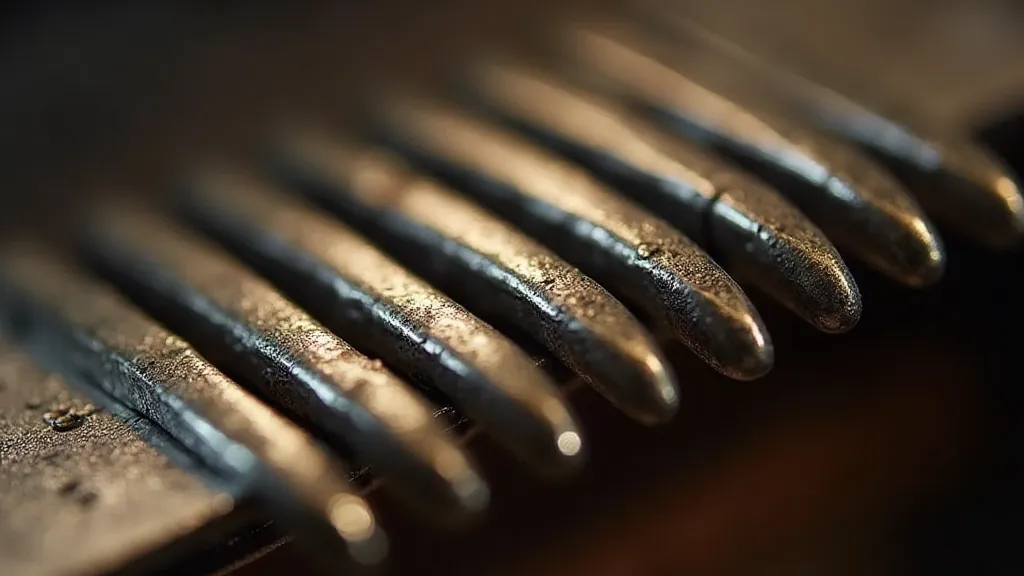
Restoring a vintage musical box is not simply a matter of repairing broken parts. It's a dialogue with the past, an attempt to understand the original craftsman’s intentions and to preserve his legacy. It requires patience, meticulous attention to detail, and a deep respect for the object’s history. Often, it involves sourcing replacement parts – a search that can lead to fascinating discoveries and connections with other enthusiasts. The ethical considerations are important too. Should a restoration be as faithful as possible to the original, or is it acceptable to incorporate modern materials or techniques? There’s no easy answer. The goal should always be to preserve the integrity of the object while ensuring its longevity. Understanding how to properly restoring music box finish can greatly influence its overall longevity and appearance.
For collectors seeking to revitalize the appearance and protect the lasting beauty of their vintage music boxes, meticulous care and specialized techniques are essential. The application of appropriate oils and lubricants plays a critical role in ensuring smooth operation and preventing damage. Beyond the mechanical aspects, maintaining the original finish contributes significantly to the music box's aesthetic appeal and historical value. The process of reviving and safeguarding a music box's finish is a nuanced art, demanding a profound understanding of its composition and vulnerabilities.
The melodies of vintage musical boxes continue to enchant us, offering a poignant reminder of a time when artistry and ingenuity flourished. They represent a triumph of human creativity – a testament to our ability to transform inanimate objects into sources of beauty and emotion. They invite us to contemplate the boundaries between human artistry and mechanical precision, and to appreciate the enduring power of music to transcend time and circumstance. Perhaps, in their intricate workings and evocative melodies, we glimpse a tiny spark of the automaton’s soul. The allure of these pieces is undeniable, evoking a sense of nostalgia and wonder that continues to captivate collectors and enthusiasts worldwide. Understanding the history and construction of these fascinating objects is a continuous journey, and preserving them for future generations remains a worthy endeavor. The subtle nuances of the sound, the beauty of the craftsmanship, and the stories they hold make vintage musical boxes treasured heirlooms, connecting us to a past filled with innovation and artistry.
